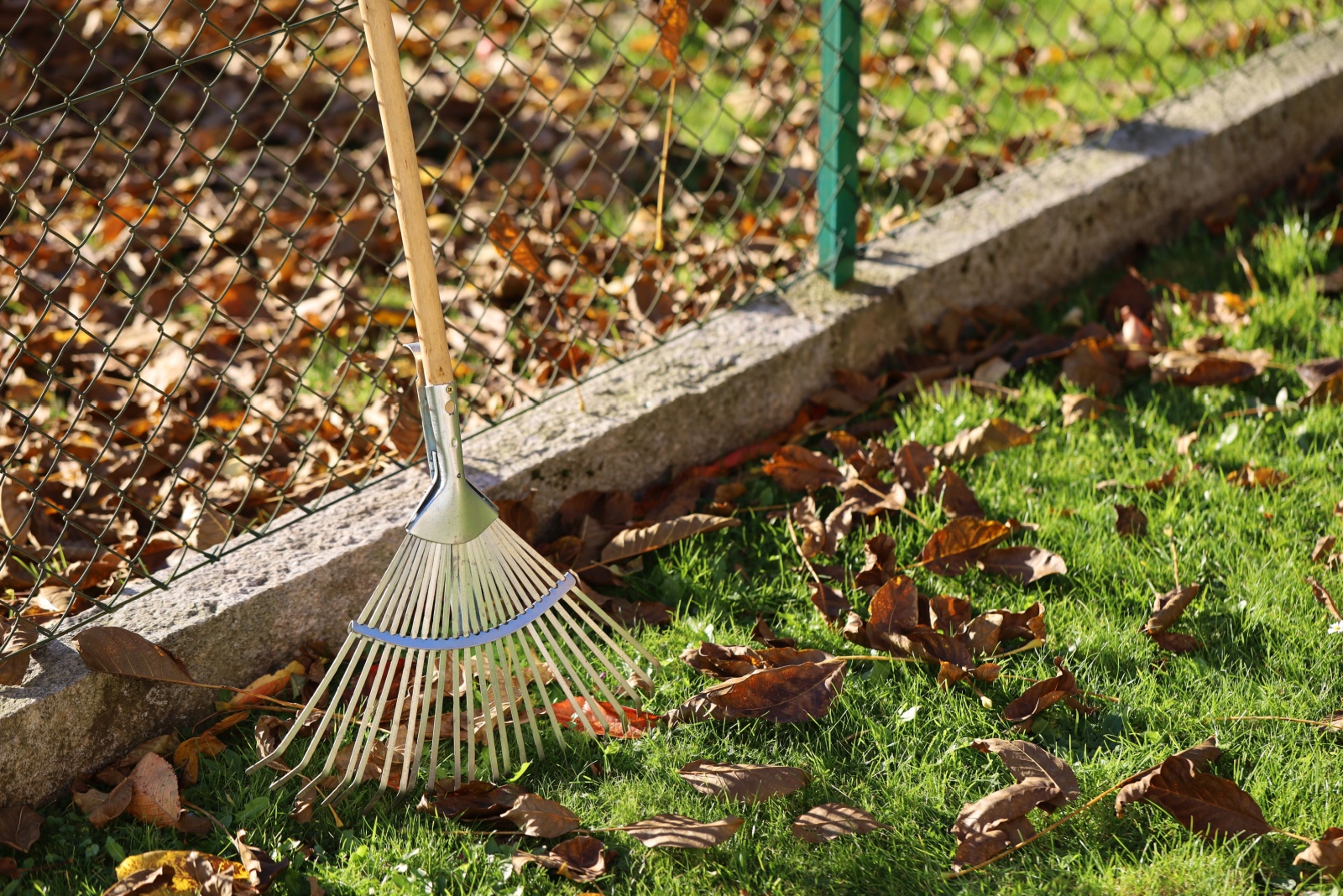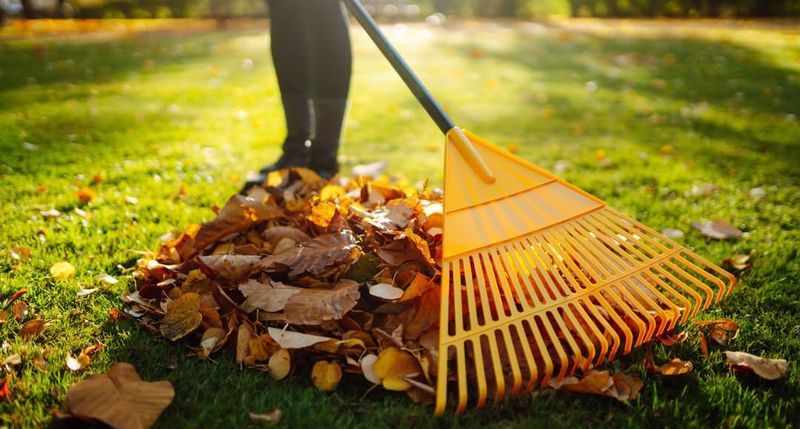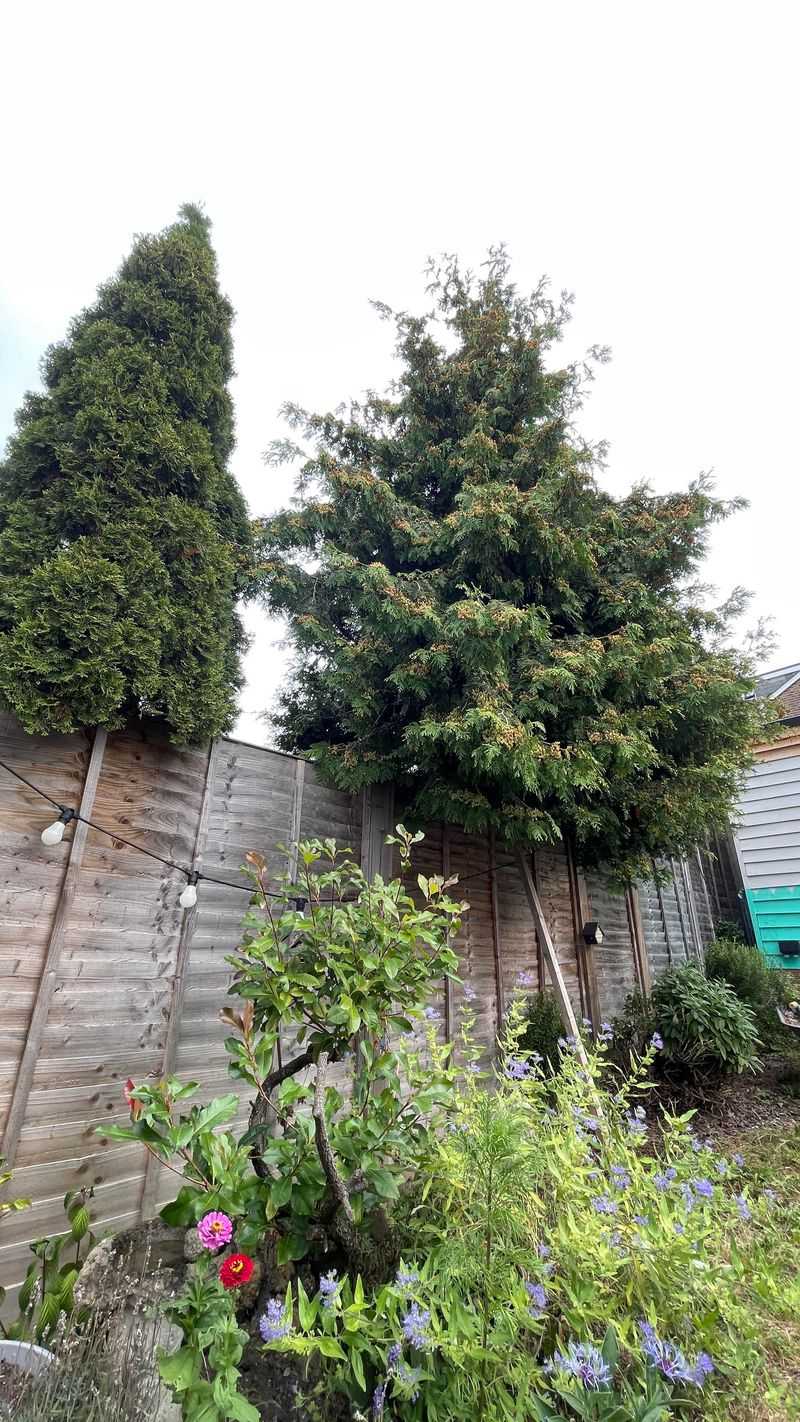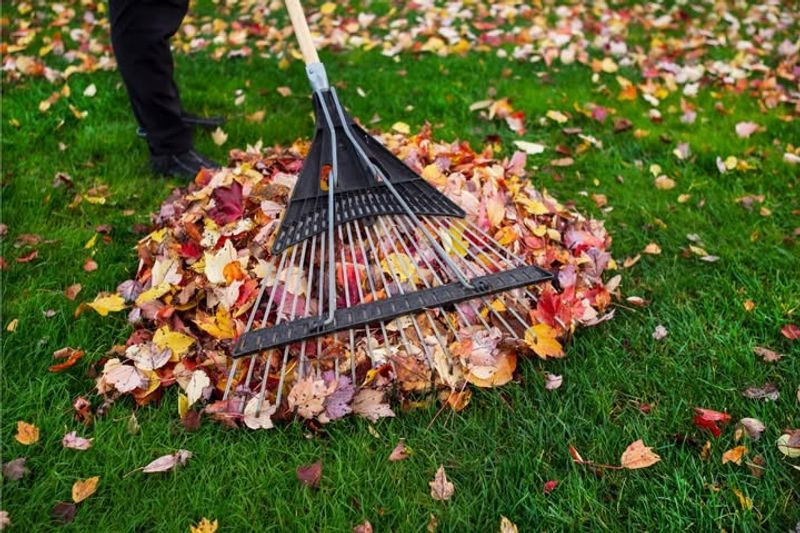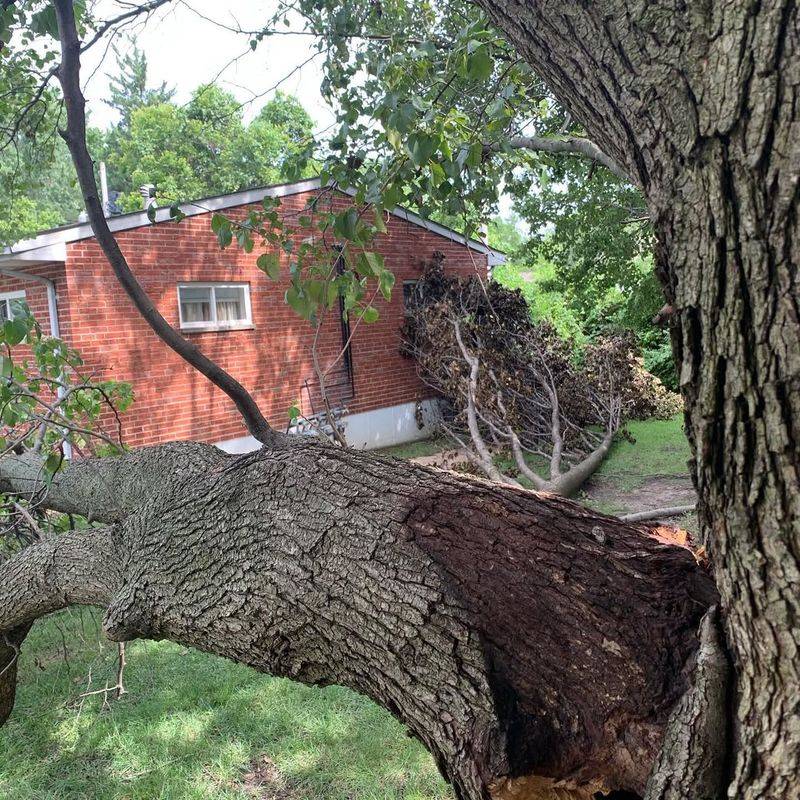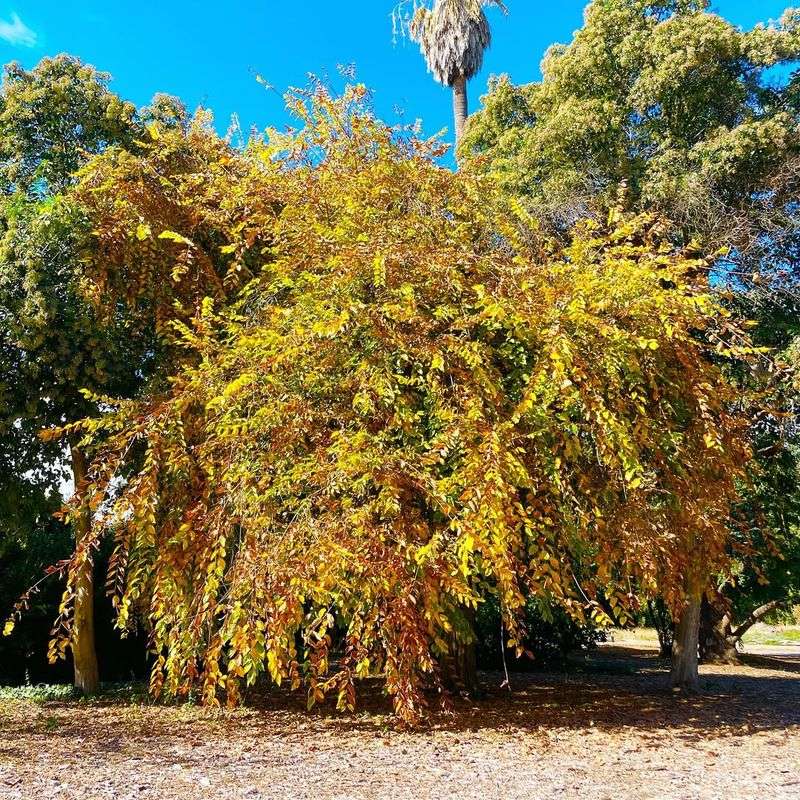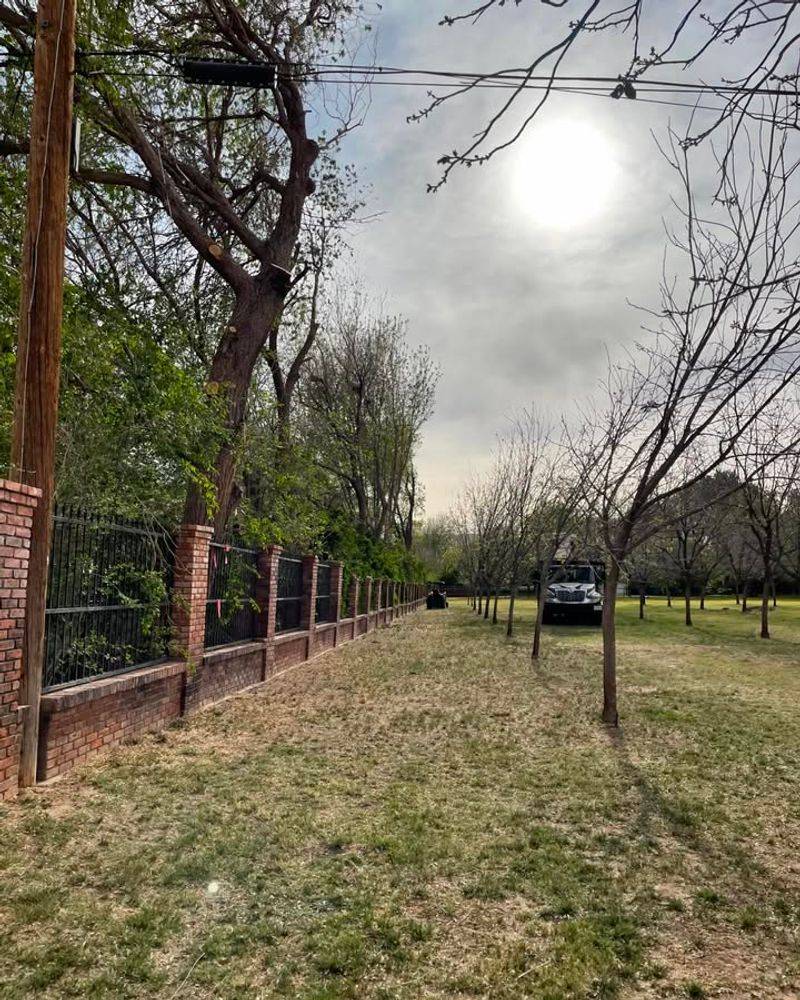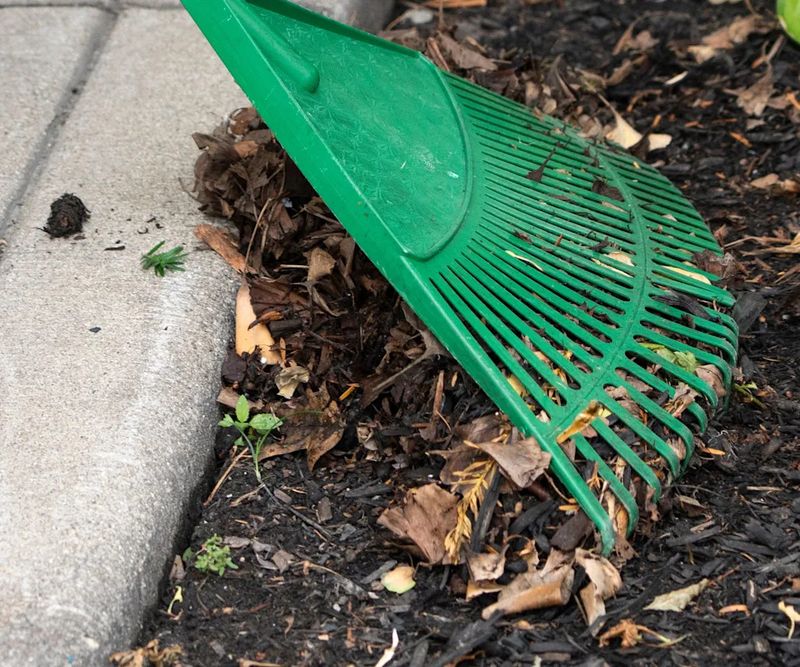Fall in New York means two things: picture-perfect color and plenty of raking. But when your neighbor’s old maple sheds straight into your yard, things can get a little less poetic.
It’s a question that stirs up plenty of backyard debates—whose job is it to clean up? The answer might surprise you, and it’s rooted in more than just good manners.
1. Property Owners Must Handle Leaves On Their Own Land
New York law follows a simple rule: you’re responsible for whatever lands on your property, even if it comes from somewhere else. Leaves that blow or fall from a neighbor’s tree into your yard become your job to clean up.
This might seem unfair, but courts have consistently ruled this way for decades. Your neighbor isn’t legally required to rake your yard or pay for your cleanup costs, no matter how many leaves their tree drops.
2. Overhanging Branches Give You Trimming Rights
When branches from a neighbor’s tree cross onto your New York property, you have the legal right to trim them back to the property line. Most homeowners don’t realize they can take this action without asking permission first.
However, you must be careful not to damage the tree or trespass onto your neighbor’s land while trimming. You’re also responsible for disposing of the branches you cut, and you can’t demand your neighbor pay for the work.
3. Talking To Your Neighbor Often Works Best
Before you grab a chainsaw or call a lawyer, try having a friendly chat with your neighbor about the leaf situation. Many disputes get resolved simply because people finally communicate about what’s bothering them.
Your neighbor might not even realize their tree is causing you extra work. They may offer to help with raking, agree to trim some branches, or split the cost of professional tree maintenance with you.
4. Dangerous Trees Create Different Legal Obligations
A tree that’s diseased, dead, or structurally unsound falls into a completely different legal category than one that simply drops leaves. If your neighbor’s tree poses a genuine safety hazard, they can be held liable for damage it causes.
You’ll need to notify your neighbor in writing about the dangerous condition. Document the problem with photos and possibly get a New York arborist’s assessment to strengthen your case if the situation escalates.
5. Local Ordinances May Provide Additional Protections
While state law sets the baseline, your city or town might have specific rules about tree maintenance and overhanging vegetation. Some New York municipalities require property owners to keep their trees trimmed or maintain them in certain ways.
Check with your local code enforcement office or town clerk to learn what regulations apply in your area. These local rules sometimes give you more options than state law alone provides for handling problematic trees.
6. You Can’t Force A Neighbor To Remove Their Tree
Just because you dislike raking leaves doesn’t give you the right to demand your neighbor cut down their tree. As long as the tree is healthy and on their property, they can keep it standing regardless of your preferences.
Trees are considered valuable property assets, and owners have strong legal protections to keep them. Your annoyance with falling leaves, blocked sunlight, or views isn’t sufficient grounds to force removal through legal action.
7. Homeowners Insurance Rarely Covers Routine Leaf Cleanup
Don’t expect your insurance company to reimburse you for raking leaves or hiring someone to do it. Standard New York homeowners policies cover sudden damage from falling trees or branches, not the routine maintenance that comes with living near trees.
Your policy might cover damage if a branch falls and crushes your fence or a diseased tree topples onto your roof. Regular leaf accumulation and seasonal cleanup costs, however, are considered normal homeownership expenses.

